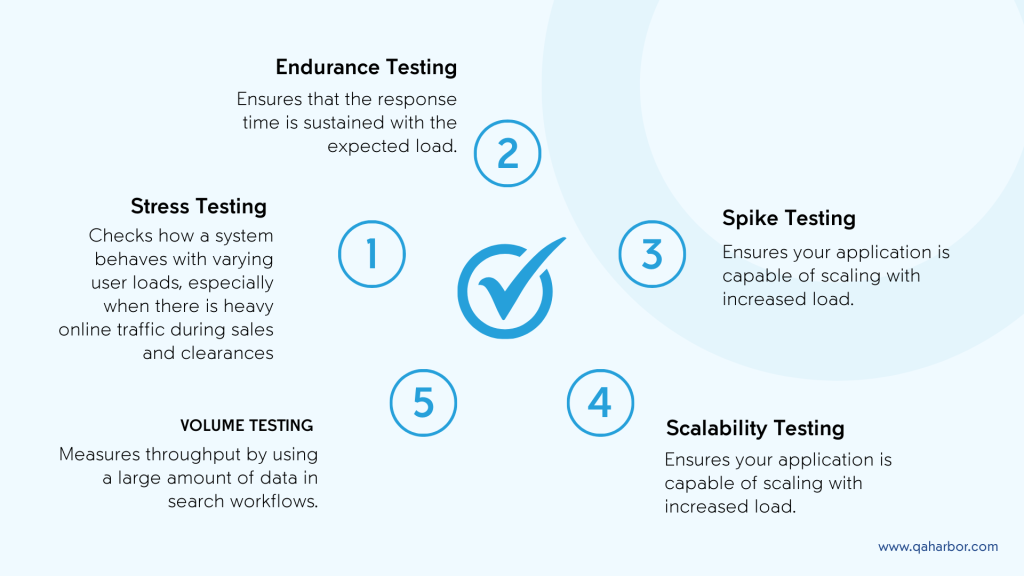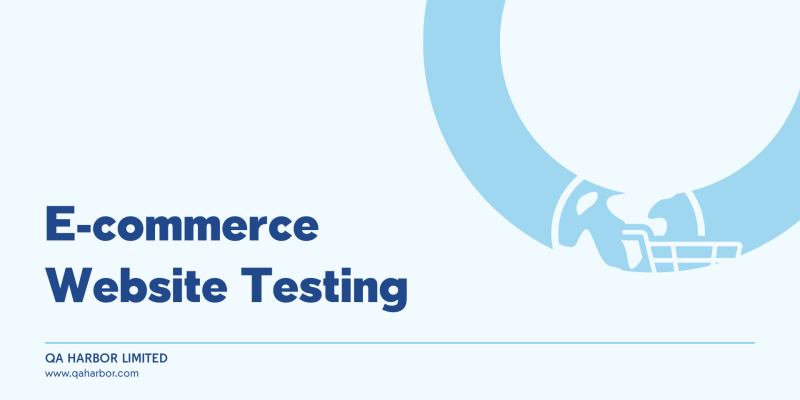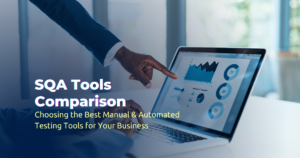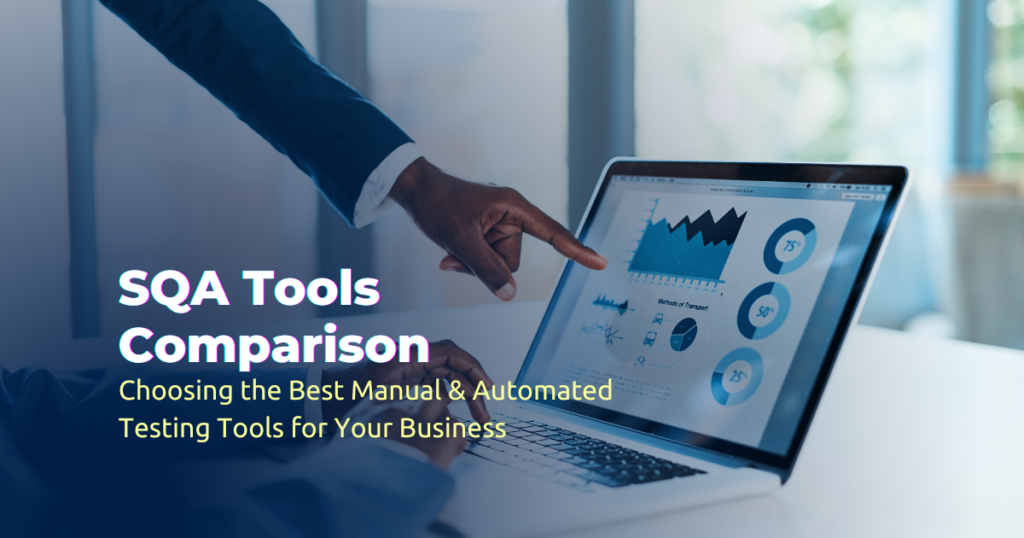E-commerce Website Testing: Perfecting the Shopper’s Paradise
Introduction
Imagine you’re a busy e-commerce business owner, and your online store is your lifeline to customers worldwide. Your website must be flawless, providing a seamless and satisfying shopping experience. But how do you ensure your e-commerce site performs at its best? That’s where e-commerce testing comes in. In this blog, we will take you on a journey through the world of e-commerce website testing, showing you how a customer-centric approach can help you create a top-notch shopping platform that keeps your customers coming back for more.
What is E-commerce Website Testing?
E-commerce website testing is the process of evaluating and validating an online store’s functionality and performance. It involves checking various aspects of the website, such as its user interface, payment gateway, security, and more, to ensure that everything works as expected.
The Importance of Customer-Centricity
Customer-centricity is not just a buzzword; it’s the core of a successful e-commerce business. Ensuring that your website caters to your customer’s unique needs and preferences is paramount. The journey to a customer-centric e-commerce website begins with quality assurance, ensuring that every click, scroll, and transaction delights customers.
Why is E-commerce Website Testing Important?
E-commerce website testing is crucial because it underpins a flawless online shopping experience. Through rigorous website functionality, security, and user-friendliness assessments, businesses build customer trust, fostering returning customers and repeated purchases.
Consider this: You’re a shopper pursuing stylish sneakers online. You browse, select the perfect pair and head to the checkout. Suddenly, the payment process fails, and your prized sneakers slip away. It’s a frustrating ordeal, isn’t it?
This unfortunate incident emphasizes the sheer importance of E-commerce website testing. By meticulously testing your website, you can avert such pitfalls, ensuring customers embark on a seamless shopping adventure that culminates in satisfaction and long-term loyalty.
What Should You Know Before You Run an E-commerce Test?
Imagine you’re about to launch your e-commerce platform, offering a range of unique artisanal chocolates. Before diving into E-commerce website Testing, here are some essential considerations:
i. Understand Your Business Niche:
To provide a personalized customer experience, it’s important to understand the preferences and expectations of your target audience. This can be achieved by getting to know your customers and their flavor profiles, much like a chocolatier would understand their customers’ taste preferences.
ii. Test Environments:
Create dedicated testing environments, like a professional chocolatier. This ensures your testing won’t impact the live site, like experimenting with new chocolate recipes in a controlled kitchen.
iii. User Scenarios:
Think of different chocolate lovers—some new to your brand, others loyal patrons, and a few trying artisanal chocolates for the first time. Test their journeys through your e-commerce store to ensure a delightful experience.
iv. Test Data:
As you’d use real cocoa beans to craft your chocolates, populate your test environment with authentic data. Sample products, customer profiles, and order histories should mirror real-world scenarios, allowing you to simulate the experience of your future customers.
How to do E-commerce Website Testing: A Guide for Understanding
E-commerce website testing is a critical process that ensures your online store functions seamlessly and delivers a stellar shopping experience. To navigate this complex landscape, here’s a point-by-point guide on how to do e-commerce testing effectively:
i. Understand Your E-commerce System:
Before testing, deeply understand your e-commerce system’s architecture, features, and functionalities.
ii. Define Test Objectives:
It is important to clearly outline the testing objectives, such as payment processing, user registration, or assessing performance during peak traffic.
iii. Create Test Scenarios:
You have to develop a set of realistic testing scenarios that mimic customer behavior. These may include browsing products, adding items to the cart, checking out, and applying discounts.
iv. Prioritize Testing Areas:
Focus your testing efforts on areas critical to your business, such as checkout, product search functionality, and payment gateways.
v. Functional Testing:
Verify that all features, including product listings, filtering options, and user registration, work correctly without glitches.
vi. Usability Testing:
Assess your site’s user-friendliness. Check if your navigation is intuitive, buttons are easily clickable, and the overall design enhances the user experience.
vii. Performance Testing:
Ensure your website can handle the load. Test for speed, responsiveness, and scalability during peak shopping times.
viii. Security Testing:
Protect customer data and financial transactions. Check for vulnerabilities and implement robust security measures.
ix. Compatibility Testing:
Test your site across various devices, browsers, and OS (operating system) to ensure a seamless experience for all users.
x. Regression Testing:
Continuously run tests as you update or change your e-commerce site to ensure new developments don’t introduce new issues.
xi. Load Testing:
Simulate heavy traffic conditions to gauge how your website performs under pressure, identifying bottlenecks and areas that need optimization.
xii. Cross-browser Testing:
Confirm that your website looks and works consistently across browsers (e.g., Chrome, Firefox, Safari, and Edge).
xiii. Mobile Testing:
Test the mobile responsiveness of your site, considering the rising number of customers shopping on their smartphones.
xiv. Payment Gateway Testing:
Verify that payment processes work flawlessly, without errors or security vulnerabilities.
xv. Automation Testing:
Utilize the automation tools to save time and increase testing accuracy, especially for repetitive tasks.
xvi. Reporting and Documentation:
Document your test cases, results, and any issues you encounter. Transparent reporting helps track progress and address identified problems.
xvii. Continuous Improvement:
E-commerce testing is an ongoing process. Regularly update and refine your testing strategies to keep up to date to the market conditions and customer expectations.
Types of Testing for E-commerce Systems
| Types of Testing | Testing Process |
| Functionality | 1. Developing the test cases based on the business and its requirements. |
| 2. Executing tests to verify the functionalities. | |
| 3. Analyzing results and reporting defects. | |
| Usability | 1. Defining usability criteria for evaluation. |
| 2. Conducting usability tests with real users. | |
| 3. Gathering feedback and implementing improvements. | |
| Security | 1. Perform vulnerability assessments. |
| 2. Implementing security patches and measures. | |
| 3. Regularly update security protocols. |
Below is a brief overview of the types of testing involved in an E-Commerce System:

Valuable Tools for E-commerce Site Testing
- TestSigma: TestSigma is a comprehensive test automation tool that simplifies and automates the e-commerce testing process. Click here to go to the TestSigma website.
- Selenium: Enhance your automation capabilities with Selenium, ensuring precise verification of critical features like product search functionality across various web browsers. Click here to go to the TestSigma website.
- LoadNinja: Conduct load testing using LoadNinja to assess your website’s performance under high-traffic conditions, confirming that your personalized gift store can efficiently manage increased user demand. Click here to go to the TestSigma website.
- BrowserStack: With BrowserStack, your online store will run smoothly on all browsers and devices! It’s the perfect tool to ensure cross-browser compatibility and flawless performance. With this amazing resource, you can give your customers a seamless shopping experience. Click here to go to the TestSigma website.
- Web Analytics Tools: Leverage tools like Google Analytics to gather valuable insights into user behavior.
When to Automate and How to Automate E-commerce Website Test Case with QAHarbor
Automation is a game-changer in e-commerce testing, offering speed and accuracy. We’ll consult when it makes sense to automate the tests and how QAHarbor can help you create automated test cases for your e-commerce site, reducing human error and saving time.
Challenges of E-commerce Website Testing and Automating it
Despite automation’s many benefits, there are challenges to be aware of, including the initial setup, test maintenance, and keeping up with the dynamic nature of e-commerce websites. We’ll provide insights into tackling these challenges effectively.
E-commerce Website Testing Checklist
We’ll conclude our journey with a handy checklist summarizing the key steps and best practices for e-commerce website testing. This checklist will be your go-to reference for ensuring your online store is always in shape.
Conclusion
In the fast-paced world of e-commerce, there is no room for error. Your customers demand a flawless shopping experience, and to meet their expectations, you must ensure your e-commerce website is rigorously tested. Remember that your website reflects your digital store, and first impressions matter. Embrace a customer-centric approach to e-commerce website testing, and you’ll retain your existing customers and attract new ones. Take your time; the urgency of software testing is accurate, and the time to act is now. Your e-commerce success depends on it.













